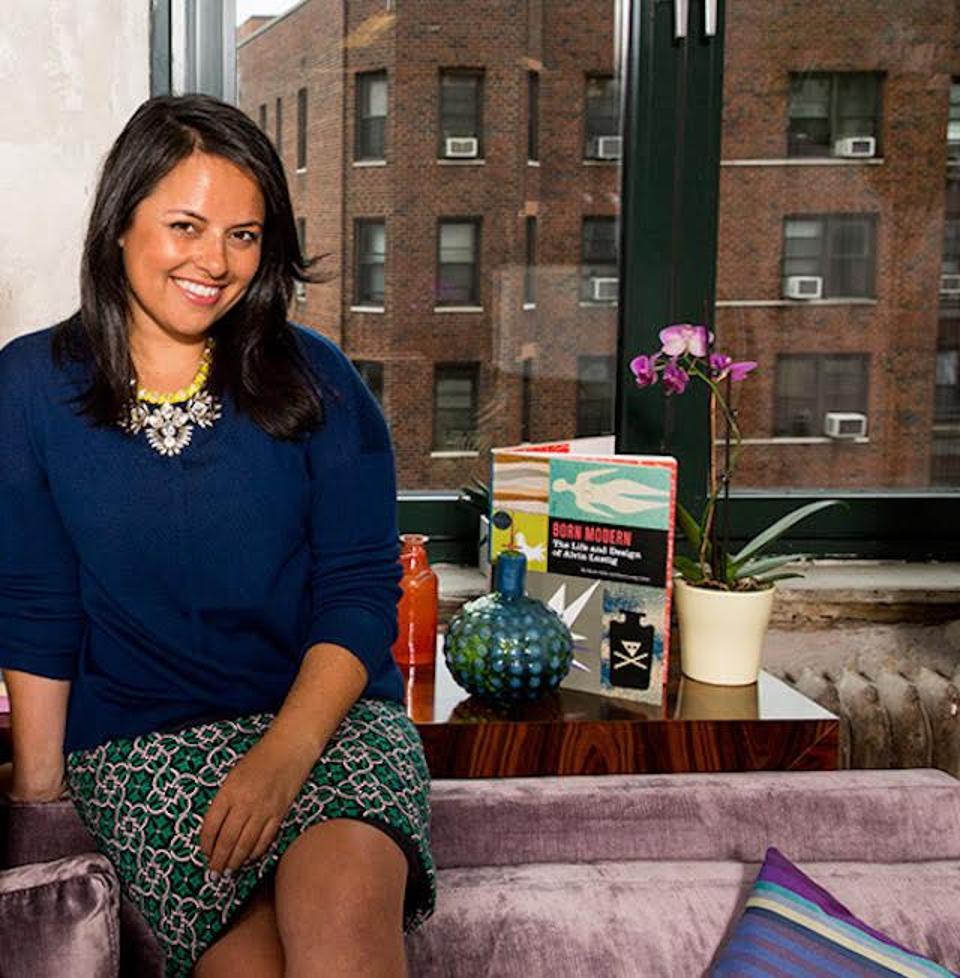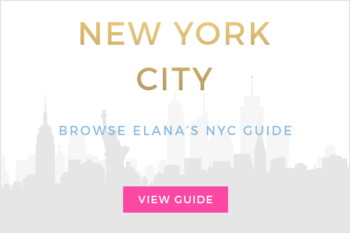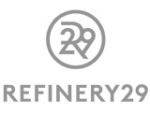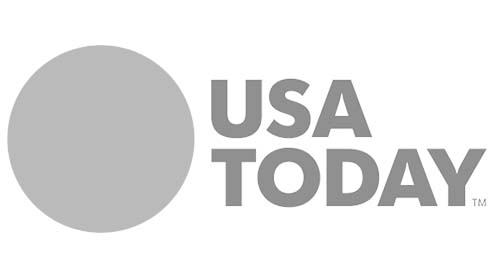Nisha Dua, a partner at BBG Ventures and founder of the #BUILTBYGIRLS movement and Wave, is a champion for women and girls. Dua and her team provide venture capital funding for female-founded businesses and support for women in science, technology, engineering and mathematics (STEM) fields — two male-dominated fields where sexism is prevalent. #BUILTBYGIRLS’ mission is to encourage girls to use technology to build solutions that help the 62 million girls worldwide that don’t have access to a traditional education. Wave pairs girls with mentors at tech companies for three months so they can learn about STEM careers first-hand. Here’s how Dua is paving the way for equality.

What inspired you to start BBG Ventures, #BUILTBYGIRLS and Wave? What was your career path?
I’ve been a mergers and acquisitions lawyer, a management consultant and I ran strategy and operations for a more than 1,000-person content organization at AOL, where I relaunched their millennial site.
#BUILTBYGIRLS was born out of the work on Cambio. I hired five 17-year-old Girls Who Code alumna to help rebuild the site. Seeing a 17-year-old go from being obsessed with blogging about the Kardashians to wanting to become an expert in editorial analytics was the “aha” moment. After a six-week internship teaching the girls the 360-degree view of how to run a digital media business, we developed a set of programs including internships, a pitch competition and monthly meetups to expose young women to the countless opportunities in tech, arm them with practical skills to thrive in their first jobs and help them build their network.
WAVE was the natural progression of that. How do we go from reaching more than 5,000 girls to reaching tens of thousands? The WAVE platform matches high school girls with at least three advisors in tech a year who make two introductions for each advisee. If the best jobs you get are by referral, that could be a trajectory changing network for a young woman in tech.
At the same time, I launched #BUILTBYGIRLS, my partner, Susan Lyne, and I observed the convergence of several factors. Women are the dominant consumer and, increasingly, the early adopters and power users of new tech platforms and services. There is an incoming wave of new female founders building companies to solve problems they face, for a consumer that looks like them. And the hard data shows that female founders are a great investment, but have been largely overlooked by the venture community. We decided to back the best of those founders and have seen more than 1,400 companies since and invested in 40. #BUILTBYGIRLS was the inspiration for the name BBG Ventures.
What has been the biggest challenge and, on the flip side, the biggest reward of starting BBG Ventures, #BUILTBYGIRLS and Wave?
The challenge is not having enough bandwidth. We’re a small team at BBG Ventures, and our ability to see more companies is limited by only being a two-person team. The reward is that we are investing in the future. There is nothing about that that isn’t cool. You could say we’re investing in the female founders of today at BBG Ventures. They are building products that change the way we live, and at #BUILTBYGIRLS we’re stoking a fire under tomorrow’s founders. That impact keeps me going. My mother passed away tragically this year, and she was a school teacher who taught hundreds of students in 30 years. She affected many, many lives. I hope #BUILTBYGIRLS can live up to that legacy.
What advice do you have for other women who hope to start their own businesses?
Not every business needs venture funding. Some of the best businesses were started with a credit card and took time to grow. The most important thing is to build a product consumers are obsessed with and can’t live without. If you’re building a consumer startup, focus is everything. Don’t try to throw everything in there. Figure out the need for the customer and focus on that first until you get it right.
What is your workday like? Please walk me through a day!
No day is the same, but a typical day starts off with carved out work time. I use this for 30 minutes of answering emails; then I turn my attention to a bigger task that needs thinking time, like a reviewing a new product feature for WAVE or diving into the competitive landscape for a company. I’ll check in with my #BUILTBYGIRLS team about how things are progressing with WAVE and troubleshoot any roadblocks they have. We’ll typically hear two pitches from companies looking for investment. Lyne and I might do these together or separately, but we always make sure to get the other involved if we like the company. I’ll also typically have a catch-up meeting with someone in the industry. It could be another venture capitalist, a founder who runs in parallel circles or an industry expert in an area I’m trying to learn more about. The day ends following up on deal paperwork, and then I’m off to an event such as judging a pitch competition or sitting on a panel to talk about seed stage investing.
What are your responsibilities at BBG Ventures, #BUILTBYGIRLS and Wave?
My responsibilities are investments, investment and fund strategy, fundraising and all the things that come with having your own small business. At #BUILTBYGIRLS, I’m focused on strategy and product vision.
What are the most important characteristics someone needs to have to be successful in your role?
You need a strategic mindset that finds value in emerging markets and helps guide companies to a winning strategy. That strategy needs to be able to see beyond today. What’s the big picture? The ability to read people and engage with them through a long relationship is crucial. Venture capital is a people business. You’re investing in a great founder and you have a long relationship with them, so understanding what they need and how you can help is critical. Stay true to the user. Know what your user wants.
What is your number one piece of advice for entrepreneurs pitching BBG Ventures?
Don’t pitch the business you’re building right now. Pitch the big vision: the unicorn. Sell us the paradigm you’re changing.
You’ve said that investing in women is a competitive advantage. Please tell me more!
Women are the dominant consumer. They’re the major user of nearly every consumer internet platform such as Facebook, Pinterest, and LinkedIn. They use their smartphone camera more than men; they spend more money on apps and more time on mobile gaming; they’re increasingly the early adopter of new platforms. The female founders we’re investing in are solving problems they’ve faced, for a consumer who looks a lot like them. Add that to the fact that data shows that women founders drive higher returns and have largely been ignored by the traditional venture capital world, getting less than 10% of venture investment dollars. It’s a no-brainer.
How do you think we can get more women to enter STEM roles?
We have to start at the beginning of the funnel and expose girls to the breadth of opportunity that lies in front of them. We need to showcase how technology can fuel their passion and supercharge their success. That’s what we’re doing with #BUILTBYGIRLS’ Wave. All these girls use Snapchat, but they don’t know how Snapchat is built or that there could be a job for them at Snapchat. We’re changing that by exposing them to a bunch of different roles at different companies and opening up their eyes to opportunity — once they see, they can grab it.
What are three characteristics you look for when you’re hiring a new team member?
I look for a hypothesis-driven approach. I want to hire the person that can make decisions without all the information while retaining the flexibility to course correct and iterate quickly. I hire people with a problem-solving drive that manifests in a “let’s make this work” attitude. (Thanks, Tim Gunn.) For a venture capitalist, I look for an eye to the future, the ability to get excited by breaking through a set paradigm. For #BUILTBYGIRLS, I look for an obsessive dedication to the customer. Know who you are building for.
What are the most important skills for doing your job and how did you develop them?
I’ve had three careers so far. I was a mergers and acquisitions lawyer for a top Australian law firm. I was a management consultant for Bain & Company, where I advised media and tech companies. I did strategy and operations for the Content Group at AOL, where I relaunched Cambio. The best piece of guidance my sister-in-law gave me in my twenties as I was trying to figure out what I wanted to do was this: “The path is not straight. Say ‘yes’ to opportunities that excite you.” And she was right. Every opportunity lends itself to this very moment; that’s never been clearer to me than today where strategy, the ability to operate a startup, legal skills and an obsession with consumer products all intersect for my two jobs: BBG Ventures and #BUILTBYGIRLS.
What’s the biggest lesson you learned at work and how did you learn it?
The biggest lesson I’ve learned at work is how to negotiate professional service contracts. I had a great boss who told me never to accept the first price, and to counter offer what I thought was reasonable. It taught me to never be shy about asking for what works for you, especially when you’re on a tight budget. If you don’t ask, you don’t get. The same principle can be applied to salary negotiation and life in general.
What is one thing that you wish you had known when you were starting out your career?
I wish I had known how to code. It’s critical to building a business today — whether you’re managing a content management system, sending email newsletters or managing engineers.
What is the best advice you’ve ever received?
My mum always told me to just keep going. It’s a lesson that applies to work and to life. Understanding that nothing is fatal builds resilience and helps you evolve and grow.
What is your business advice for other young professional women?
Say “yes” to opportunities you may think you’re underqualified for. Women have a habit of making sure they are overprepared for everything and can do themselves a disservice by not saying “yes.” Trust you have the raw instincts to make it work, then learn as you go. Seek out people who have done it before you and ask lots of questions.































